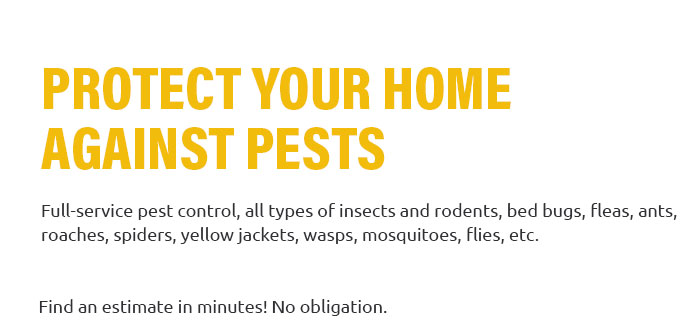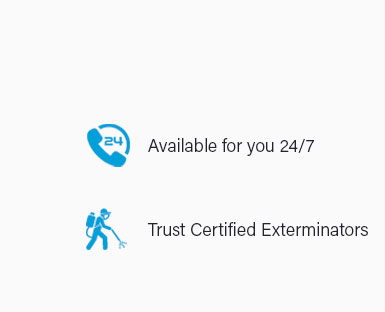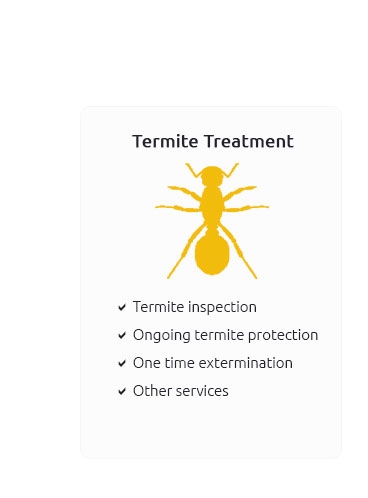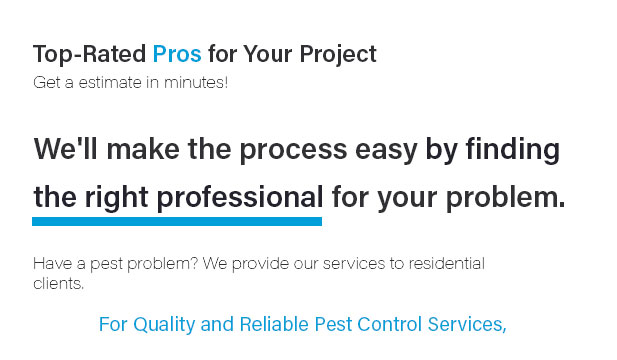 |
|
||||||
 |
 |
 |
 |
 |
 |
 |
 |
 |
 |
 |
 |
 |
Termite Treatment: Common Mistakes to AvoidTermites, the silent destroyers, can wreak havoc on homes, often causing significant damage before being detected. While the urgency of addressing a termite infestation is paramount, it is equally important to approach the treatment process with care and knowledge. This article aims to shed light on the common mistakes homeowners make when dealing with termites and how to avoid them. It's essential to acknowledge the importance of proper identification of the pest. Mistaking termites for ants is a prevalent blunder, as the treatment methods differ significantly. Misidentification can lead to wasted resources and continued damage. Once you've confirmed the presence of termites, the next step is selecting the appropriate treatment method. Opting for a DIY approach might seem cost-effective, but without the expertise and understanding of termite behavior, it can result in suboptimal results. Professional pest control services are equipped with the knowledge and tools necessary to effectively eradicate these pests. Another misstep is ignoring the importance of a follow-up. After initial treatment, routine inspections are crucial to ensure that the termites have been completely eliminated and to prevent future infestations. Furthermore, relying solely on chemical treatments without considering integrated pest management (IPM) strategies can be a pitfall. IPM involves a combination of methods such as habitat modification, moisture control, and the use of natural predators, which can be more sustainable and effective in the long run. Inadequate attention to preventive measures is another area where homeowners often falter. Sealing entry points, reducing wood-to-soil contact, and maintaining proper ventilation in crawl spaces can significantly deter termites. In conclusion, addressing a termite infestation requires a comprehensive approach that combines accurate identification, professional intervention, and proactive prevention strategies. By avoiding common mistakes and adopting a holistic treatment plan, homeowners can protect their properties from the destructive force of termites. Frequently Asked Questions
https://www.homedepot.com/c/ab/how-to-get-rid-of-termites/9ba683603be9fa5395fab90f3bcc9e4
Wood can also be treated directly if termites are inside. Termite baits are strategically placed around your yard to lure termites in. Once ... https://www.orkin.com/pests/termites/types-of-termite-treatments
There are three main groups of termites that can affect your home: subterranean, drywood, and dampwood termites. https://www.domyown.com/termites-c-3.html?page=all&srsltid=AfmBOoq_22645QEHEkZf7tKl2FDOunAkgjNiKXbelP9i9t4v7vmaPIgU
A professional residual insecticide that provides control of crawling insects (including bedbugs and termites) for up to 8 weeks.
|



